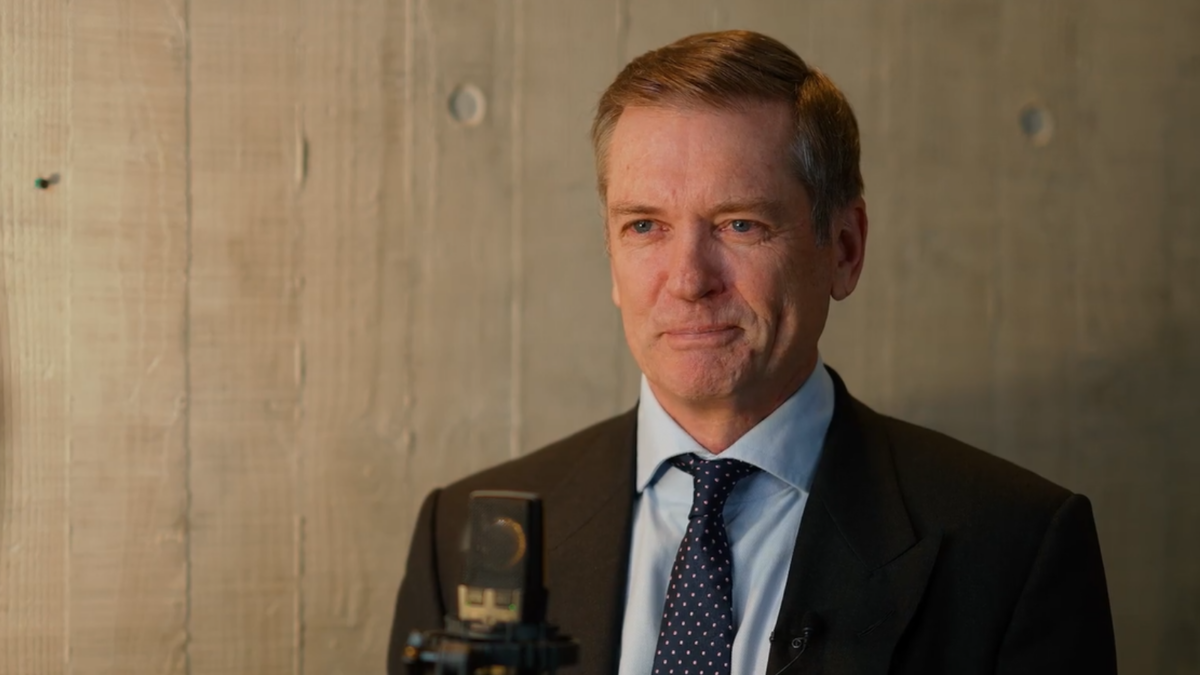Australian ‘attention bias’ obscuring EM opportunities
Over the past month, Australians have been reminded that the COVID-19 pandemic is still keeping the country in check. Like many other countries around the globe, the lockdowns have wrought havoc on local business and more broadly, the global economy.
Given the urgency and immediacy of the recent outbreaks and lockdowns, it’s perhaps not surprising that many investors may have a stronger “home-country attention bias” right now. Like the notion of home-country bias, this idea suggests that investors may be perceiving what is happening here on our doorstep as the only thing to focus on, and the only thing that matters.
From a behavioural science point of view, that’s entirely understandable in a pandemic.
In the short term, for investors who are looking at the cohort of developed economies such as Australia, their attention is probably concentrated on the management of the pandemic in individual market economies, as well as respective central bank policies and interest rate settings – especially with global and local equity markets bulging at near historic highs.
Again, in the short term, among emerging and developing economies, those that are heavily dependent on global trade, tourism, commodity exports, and external financing are likely to be the hardest hit, according to the World Bank, which suggests that the consequent decline in per capita incomes could tip millions into extreme poverty.
But despite so much attention being given to what’s happening on our doorstep, the importance of having a long investment timeframe and broad investment lens has perhaps never been more critical. After all, for investors, the tectonic shifts in e-commerce, consumer empowerment and digital innovation that we have observed and analysed over the recent past look set to march on.
Taking a long-term view of emerging market (EM) economies, say, over the next decade, the outlook appears relatively bright. Secular growth trends that existed long before the coronavirus outbreak could continue to flourish, especially the growth of digital platforms that target large and growing consumer bases; the emerging middle class, which is changing purchasing patterns at an unprecedented pace; the growth of mobile technology; and the rapid adoption of mobile devices.
That said, uncertainty prevails for investors, ranging from concerns over the pace of China’s economic recovery to the success of quarantine measures, and the stability of commodity prices. In this type of environment, researching and focusing on the fundamentals remains the key to capturing investment opportunities.
Almost by definition, once a country achieves a more middle-income status, that country becomes more integrated into the global economy. The result is that these countries are beholden to the fortunes of the global economy and for the past decade, most of the developed world has been stuck in a debt-ridden, austerity-driven, economic rut.
What emerging markets need instead is a growth stimulus on a large scale that is both domestically and externally driven. This is important because without growth the debt build-up may be unsustainable over the long term. As my fixed income specialist colleague at Capital Group, Kirstie Spence, recently noted: “For emerging market countries, growth is the lifeline and the only path out of another lost decade. The pandemic-driven crisis might, ironically, give emerging market countries a chance at achieving growth.”
So how might it play out over the next decade for investors in emerging markets? At Capital Group, we believe there are three basic tenets for portfolio allocations to emerging markets for the decade ahead:
- Emerging market (EM) economies are likely to outgrow the developed markets.
- The coronavirus pandemic is a knock to all, but it does not change the underlying trends.
- Emerging market assets will likely continue their ascent in internationally diversified liquid portfolios, but investors should keep in mind that not all emerging markets are equal.
To the first of these points, history provides perspective. In 1960, the United States and the democracies aligned with it (“the West”) accounted for around two-thirds of the global economy. China, India and “the rest” accounted for the remaining one-third.
In 2021, we find ourselves in the opposite situation, with the tipping point or halfway mark crossed 20 years ago.
By the end of the next decade, the shares of China and India as a percentage of global gross domestic product (GDP) will have increased further relative to the West.

This brings us to the second point. The economic forces at work here are more powerful than business cycles, pandemics, trade wars, cold wars, new global supply chains or the usual triggers of recessions and financial crises, of which there will inevitably be some in the decades ahead.
A country’s demographics, investment patterns and innovation potential crucially determine how fast its economy can grow. Long-term projections of economic growth rates based on these factors have, in the past, proven to be very reliable and resistant to many short-term influences.
These projections of economic value added must also mean that there will be a larger investment universe related to the emerging markets. Thus, an EM allocation is likely to become even more prominent in an Australian’s investment portfolio.
Emerging market economies also continue to benefit from a number of long-term growth drivers, including the rise of their middle-class populations, higher disposable incomes, improved infrastructure and enhanced productivity from ongoing structural reforms. This creates a conducive environment where investors can uncover attractive opportunities across a multitude of asset classes.
Yet there are limitations to EM investing of which investors should be aware. One of the issues investors face is the relatively highly concentrated opportunity set represented by index constituents. EMs represent a broad universe, but equity indices are dominated by a handful of very large companies. It is a similar story with EM debt, as key fixed-income indices only represent a fraction of the broader investable universe. This is why we believe that to maximise the investment potential of emerging markets, it is important to adopt an active approach and evaluate securities on a company-by-company basis.
As the global economy continues to struggle under the combined weight of COVID-19 and trade tensions, investors need to remain vigilant and focused on the longer-term structural dynamics. Opportunities are hard to find in any market and perhaps even more so in places that are perceived as remote and where there may be an “attention deficit.” Having a robust network and sensitivity to local constraints and preferences will be important for capturing the potential investment opportunities that arise in emerging market economies.
Matt Reynolds is the Australian investment director for Capital Group










